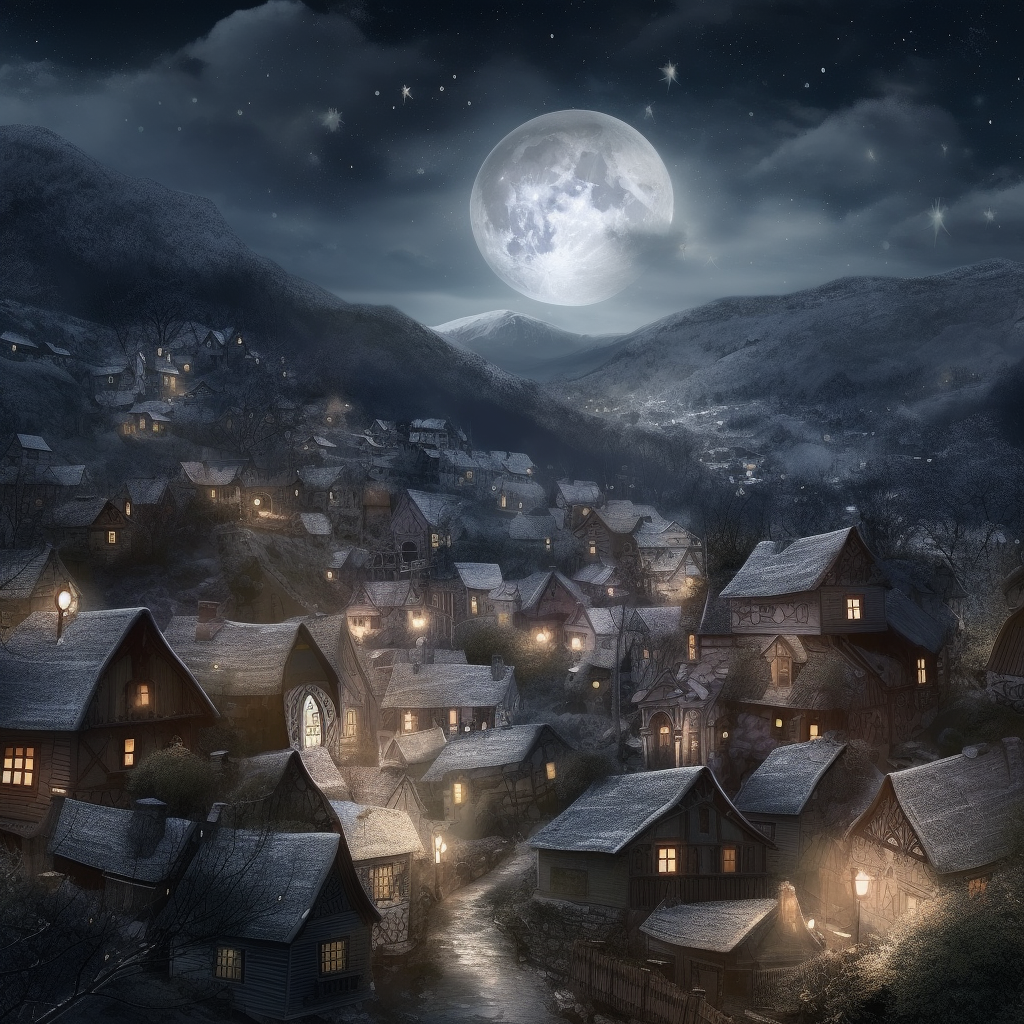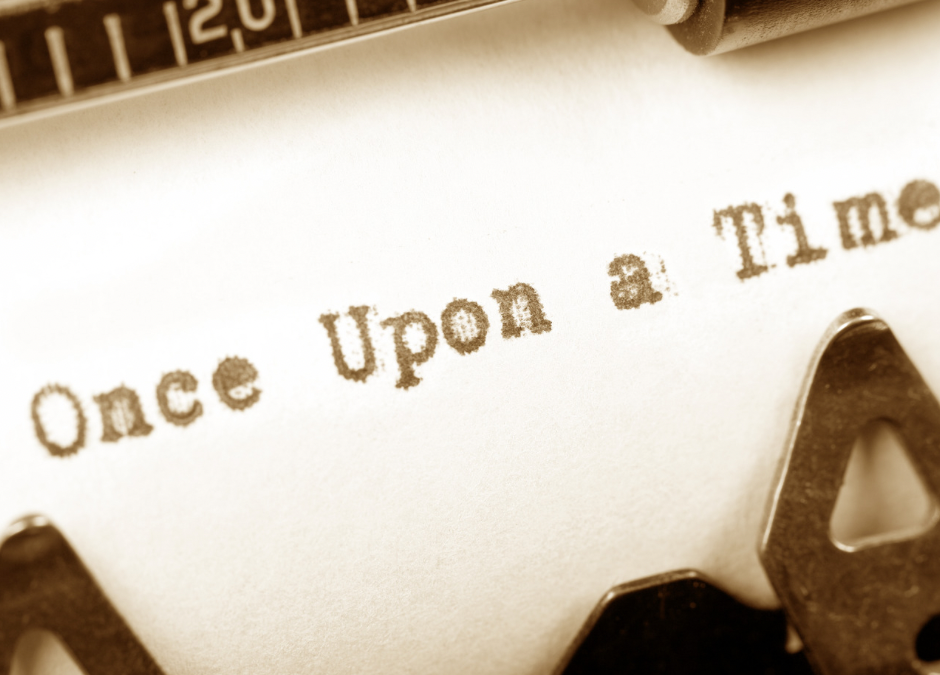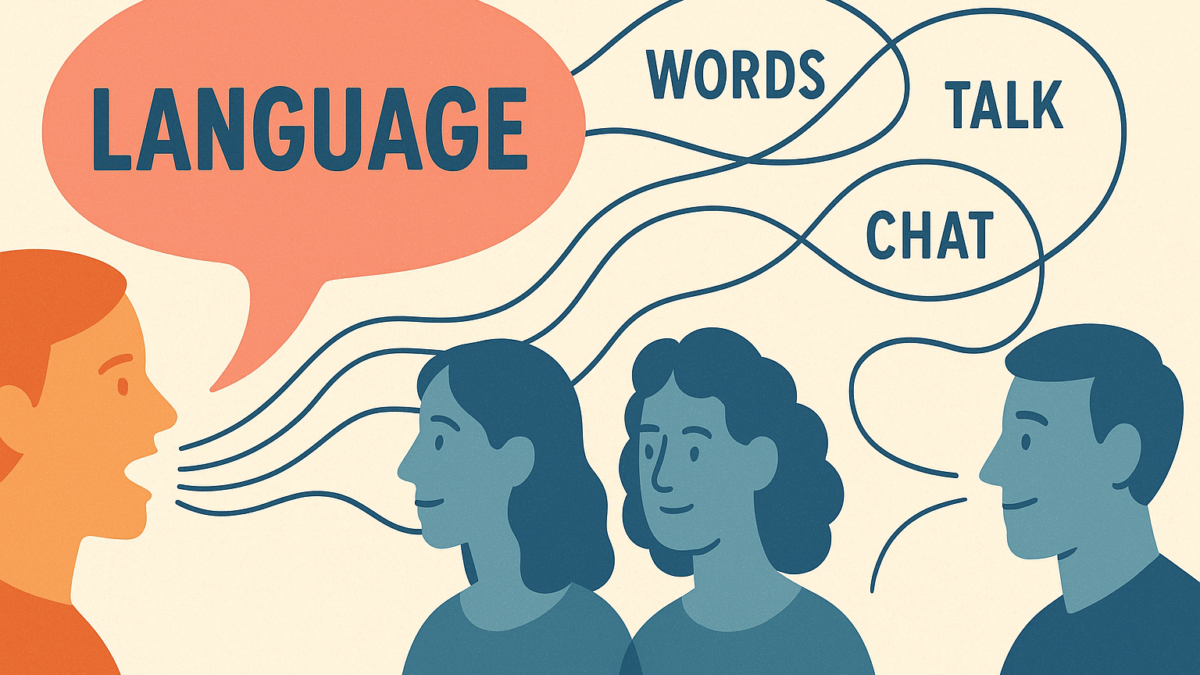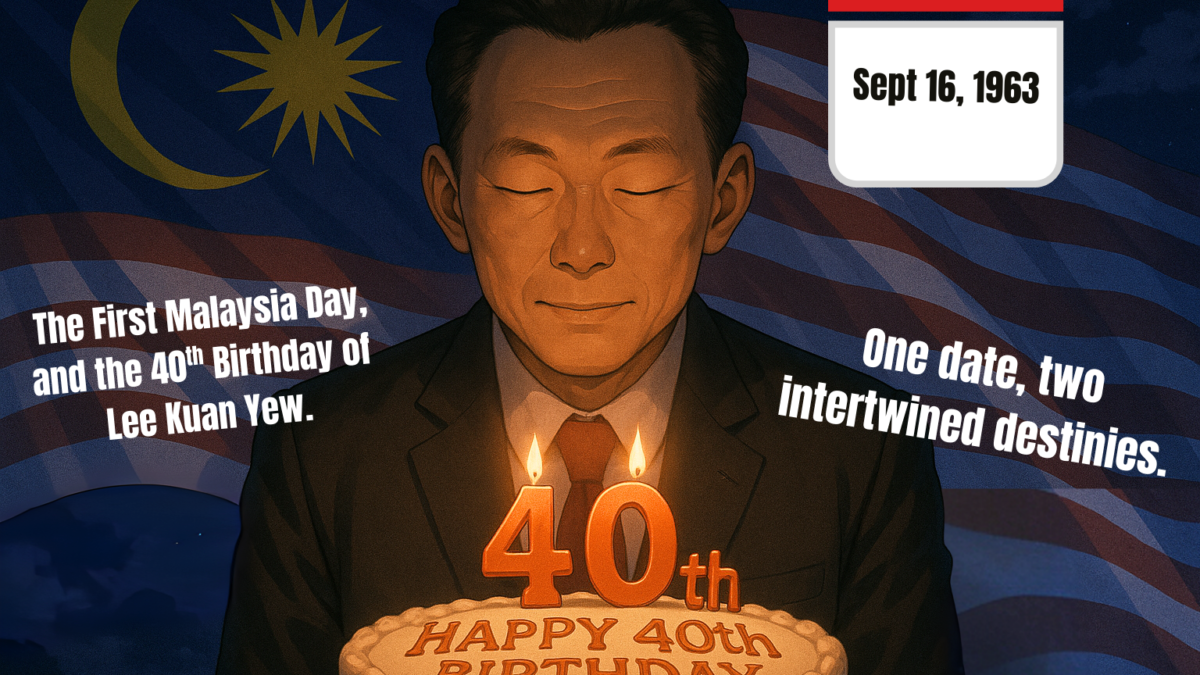IGCSE First Language English – Descriptive Composition: Two Sample Essays

No two humans share the same mind.
This means that each time a person hears a word, a slightly different meaning is registered depending on the person’s experiences, thoughts, emotions, and knowledge.
That’s awfully philosophical, you might think, yet it is completely relevant to what we’re about to discuss today:
After all, you might read the mark scheme and then decide that you understand what a Level 6 under Content and Structure means when it says: “Many well-defined and developed ideas and images create a convincing overall picture with varieties of focus.”…
But what does it really mean to define or develop an idea? 🧐
What does it mean to even create a ‘convincing’ picture? 😰
As we discussed the other day, it is very important to have good examples to make sure that your understanding of the criteria and the mark scheme actually reflects that of an examiner and more importantly that of someone who has a seasoned understanding of the English language and its capacity to create specific forms of writer’s effect.
Chances are, you read our set of sample essays for IGCSE narrative composition the other day – thank you for sharing them with your friends and also for enjoying them!
With that in mind…
Here are two completely free descriptive composition essays for you!
Once again, each essay is written to match a specific level descriptor, has been validated with the experience of our team, and reflects the way that we would assign marks based on the mark scheme.
Also, there will also be an interesting surprise for you at the end of this post.
So what are you waiting for? Let’s go!
We’ll start with two essays from the Winter 2022 Paper 2 Variant 2 in the Descriptive and Narrative Composition section; more examples will come soon as well.
Without further ado, here are the examples!
First, let’s look at a Level 4 essay.

Write a description with the title, ‘By the light of the Moon’. (Winter 2022, Paper 2, Variant 2).
Bathed in the ethereal silver glow, the sleepy village nestled amidst the embrace of hills, a blanket of peace enshrouding it. The moon, like a watchful guardian, cast its pale light upon the quiet streets, as night creatures began their nocturnal dance. The distant howl of a wolf echoed through the valley, a haunting melody that seemed to resonate with the very core of the hills.
Wandering along the cobblestone path, I beheld the moon’s reflection shimmering upon the surface of the tranquil lake. A gentle breeze whispered through the swaying trees, their shadows stretching like slender fingers across the ground. The night was alive with a symphony of sounds; the rustle of leaves, the chirping of crickets, and the distant murmur of a flowing stream.
The ghostly outline of the ancient stone bridge loomed ahead, its timeworn arches bearing the weight of centuries. As I crossed it, I could feel the coolness of the stones beneath my feet, worn smooth by the passage of countless travelers. The murmuring stream beneath the bridge seemed to carry whispered secrets, tales of love and loss, joy and sorrow.
Beyond the bridge, the path meandered through a moonlit meadow, where delicate wildflowers nodded beneath the lunar radiance. The sweet scent of honeysuckle hung heavy in the air, mingling with the subtle fragrance of dew-kissed grass. A lone owl perched on a gnarled branch, its piercing eyes observing the world below with an air of detached wisdom.
As I continued my journey, I stumbled upon a secluded glade bathed in the moon’s luminescence. The serenity of the scene was amplified by the soft glow illuminating the dewdrops resting on blades of grass, giving the impression of a field of twinkling stars. The distant hoot of an owl and the gentle rustling of leaves in the breeze provided a soothing soundtrack to this enchanting tableau.
The path eventually led me to an abandoned cottage, its once-vibrant facade now weathered and worn. Vines and ivy crept up the walls, reclaiming their territory from the intrusion of human habitation. The moonlight filtered through the broken windows, casting eerie patterns on the crumbling interior, a testament to the passage of time and the impermanence of all things.
The moon’s light gradually waned as it continued its celestial journey, leaving the village to slumber in the darkness of night. As the last remnants of silver light retreated, I too turned back towards the village, carrying the memory of this enchanted nocturnal world within my heart.
Comment:
The essay demonstrates Level 4 in terms of content and structure (W1 and W2). The content is relevant with some development, offering a cohesive description of a moonlit night in a village. The structure is competently managed, guiding the reader through various settings such as the village, lake, bridge, meadow, glade, and the abandoned cottage. However, the essay does not reach Level 5 or 6, as the imagery and details could be more vivid and engaging.
Regarding style and accuracy (W3 to W5), the essay employs simple vocabulary and straightforward sentence structures, such as “The ghostly outline of the ancient stone bridge loomed ahead.” The essay maintains a simple register with a general awareness of the context. There are occasional minor errors in punctuation and grammar but they do not detract from the overall readability.
To improve this essay, the writer could use more evocative language, draw on a wider range of sensory details, and incorporate more complex sentence structures. In the essay, some phrases could be improved to make the descriptions more vivid and engaging. For instance, “A gentle breeze whispered through the swaying trees” could be rephrased as “A gentle breeze caressed the swaying trees, their leaves rustling like whispered secrets.” By incorporating stronger imagery, the writer can create a more immersive experience for the reader.
Additionally, the essay could benefit from a wider range of sensory details. While it effectively conveys visual and auditory elements, it could include more tactile, olfactory, and gustatory descriptions to create a richer sensory experience. For example, the writer could mention the cool, damp earth underfoot, the scent of damp earth mingling with the honeysuckle, or the taste of the crisp night air.
In terms of sentence structure, the essay relies heavily on simple and compound sentences. To elevate the writing, the author could use more complex and varied sentence structures, which would add interest and rhythm to the prose. For example, “The night was alive with a symphony of sounds; the rustle of leaves, the chirping of crickets, and the distant murmur of a flowing stream” could be rephrased as “The night reverberated with a symphony of sounds, as the rustle of leaves intertwined with the chirping of crickets, all underscored by the distant murmur of a flowing stream.”
To improve their writing, the author could study literary works that are known for their evocative descriptions and varied sentence structures. One such book is “To Kill a Mockingbird” by Harper Lee. This novel is an excellent example of how to create vivid, engaging descriptions using sensory details and varied sentence structures. By reading and analyzing such works, the writer can gain insight into effective techniques for descriptive writing and apply them to their own compositions.
Next, let’s look at a Level 6 essay.
*This is members-only content – To view it, please sign up for a free membership!
If you haven’t signed up yet, make sure to Join Now!
Comment:
Content (Table A):
The essay effectively captures the essence of a magical and enchanting moonlit night through vivid descriptions and sensory details. The author takes the reader on a journey through a series of beautifully crafted scenes that paint a picture of a world transformed by the light of the moon. The narrative is engaging and cohesive, building upon each scene to create a sense of progression and a clear storyline. The essay effectively conveys the emotions and experiences of the narrator, making the reader feel as though they too are experiencing the magic of the night. Overall, the content of the essay is well-structured, creative, and effectively conveys the author’s intended message.
Language (Table B):
The language used in the essay is rich, poetic, and evocative. The author skillfully employs a variety of literary devices, including imagery, metaphor, and personification, to create a vivid and immersive world. The vocabulary used is precise and carefully chosen, adding depth and nuance to the descriptions. The essay’s sentence structures vary in length and complexity, creating a sense of rhythm and flow that draws the reader in. The language is also grammatically correct and free of spelling errors, allowing the reader to focus on the beauty of the prose. Overall, the language used in the essay is exceptional, effectively creating a world that is both enchanting and captivating.
To improve this essay, the writer could focus on incorporating an even wider range of sensory details to create an even more immersive experience for the reader. Although the visual and auditory elements are well-developed, adding more tactile, olfactory, and gustatory details could elevate the descriptions further.
To continue refining their writing skills, the author could study literary works known for their vivid descriptions and lyrical prose. One such book is “The Great Gatsby” by F. Scott Fitzgerald. This novel is renowned for its evocative imagery and rich language, making it an excellent resource for writers seeking to improve their descriptive writing abilities. By reading and analyzing such works, the writer can gain valuable insights into effective techniques for creating immersive and engaging descriptions.
Okay, and we’re done! 🙂
I hope that you enjoyed this post, and that you will find it valuable!
If you did, do feel free to share it with your friends! We will proceed onwards with descriptive writing examples pretty soon – these will be part of the membership site component of the site materials, and we will also create more of these materials for you soon!
Thank you once again, and we look forward to sharing more with you soon!
V.
P.S. Also, we’re just putting the finishing touches on the Descriptive and Narrative Composition book that we promised a while back. HUGE thanks to all the people who have taken the time to share their thoughts, insights, and perspectives.
Here is a preview! If you’re accessing this on mobile it may not display – if so, access it here!






